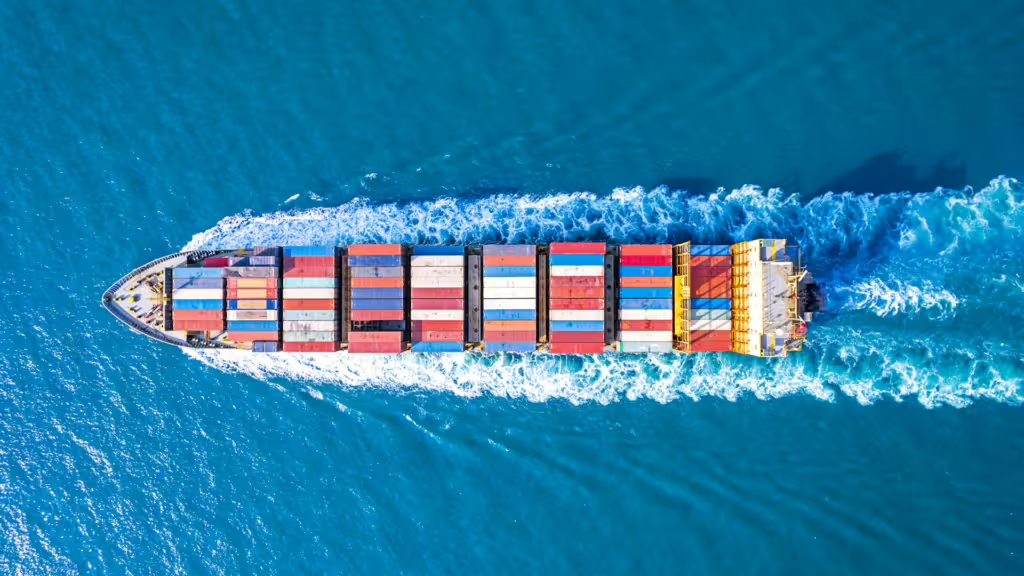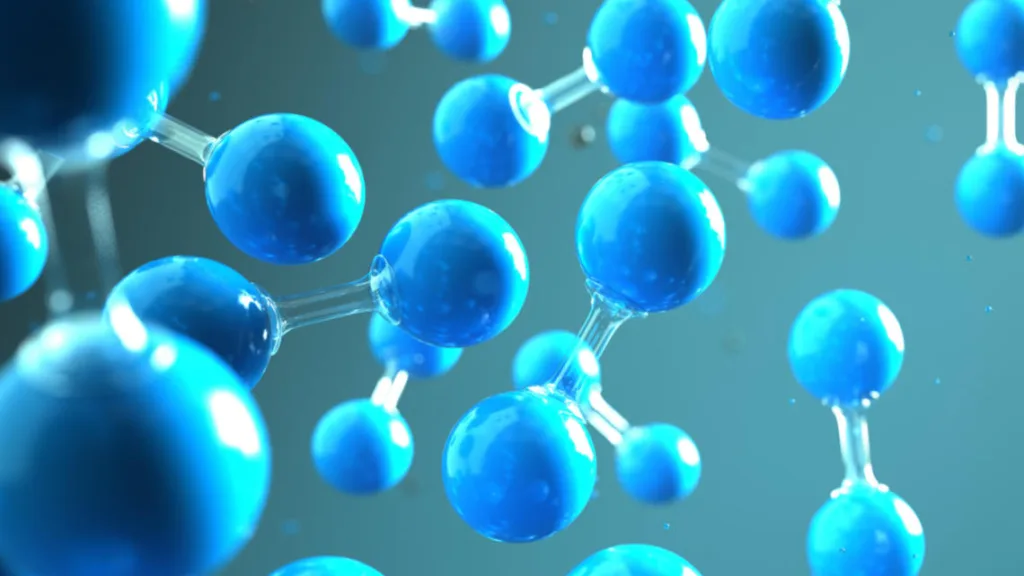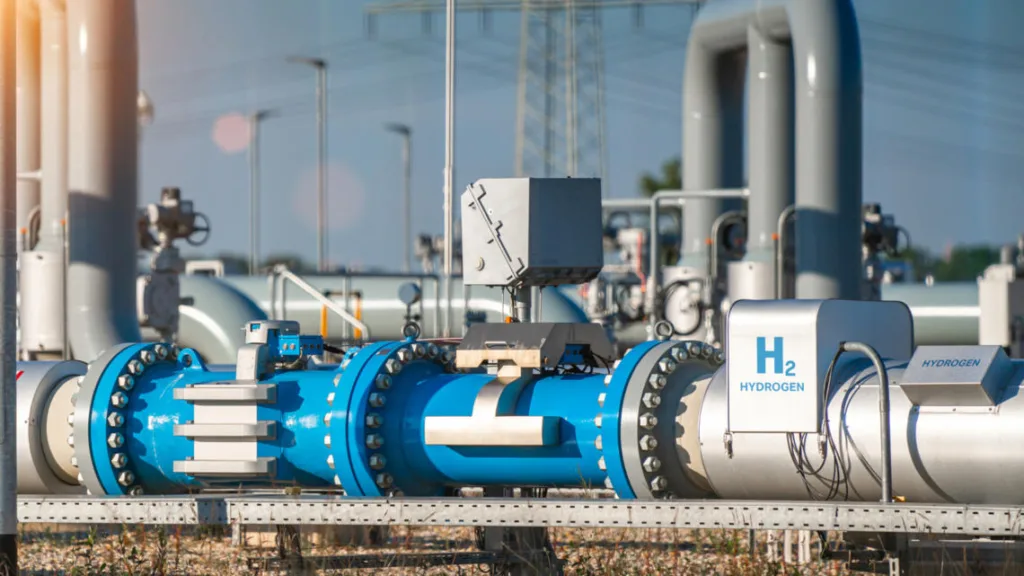H2ForNetZero -
Hydrogen Pledges
Companies are making pledges to consume, supply or support hydrogen with the lowest possible carbon intensity.
Join those influential companies to increase market confidence in the growth of decarbonized hydrogen.
Together we already achieve 25% of the decarbonization potential* with hydrogen by 2030.
*as estimated by the Hydrogen Council
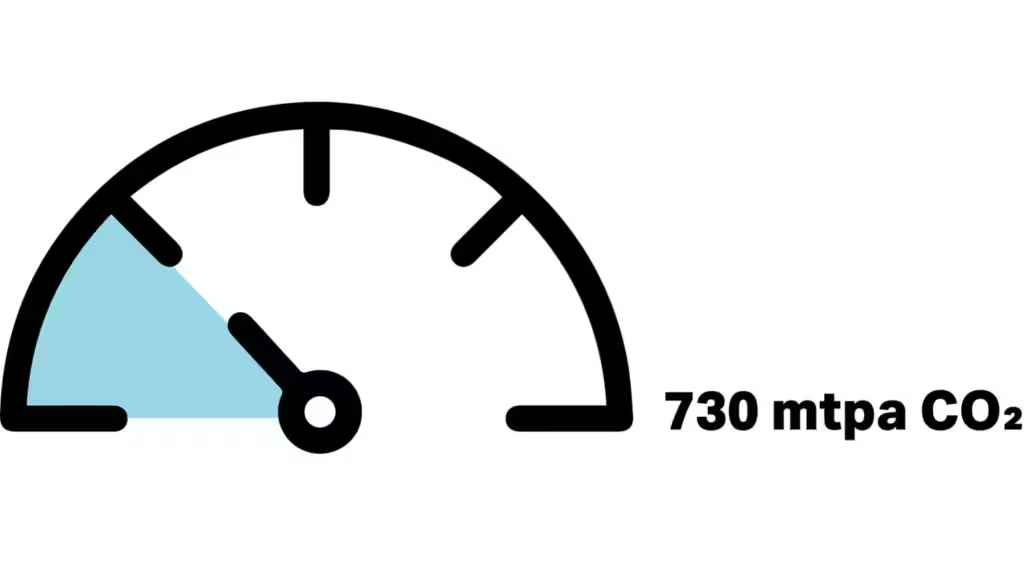
Highlights
Companies Pledging

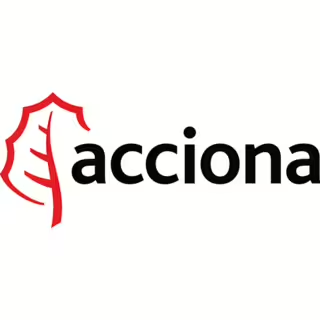
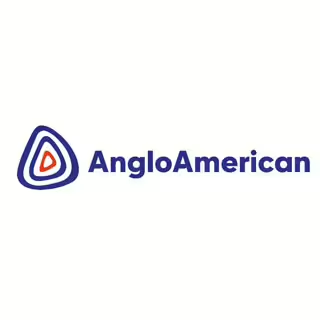
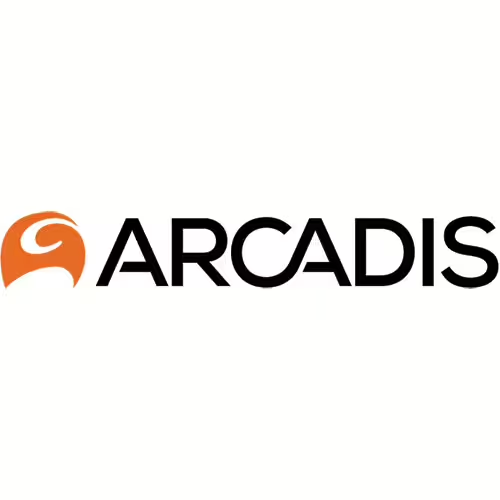

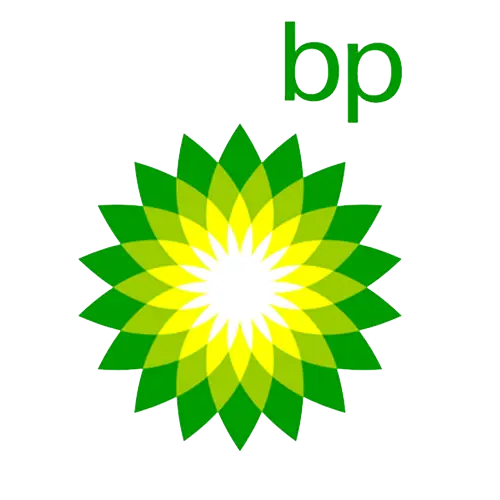

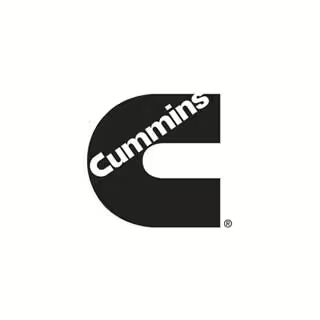


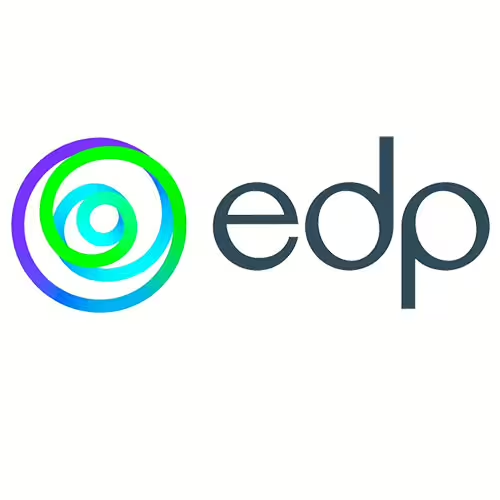
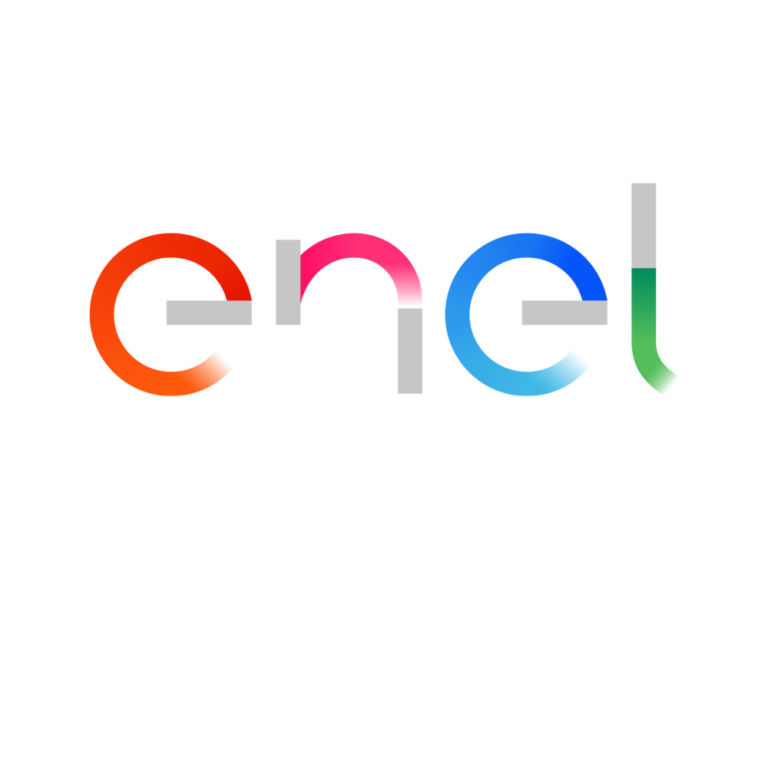
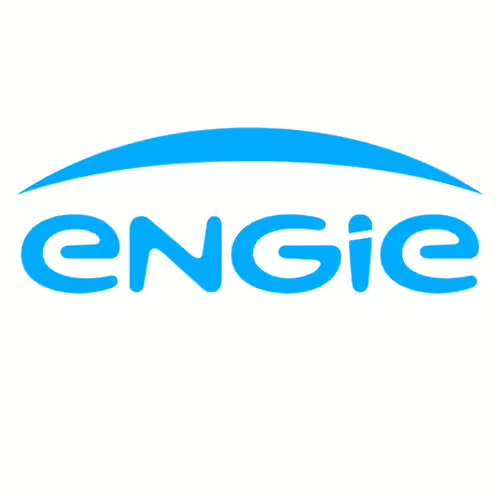
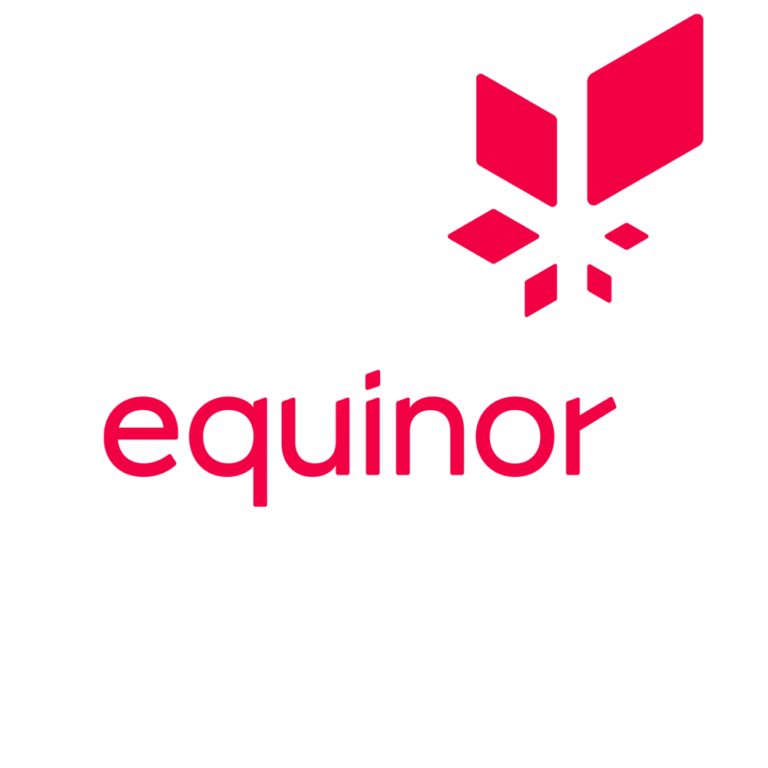

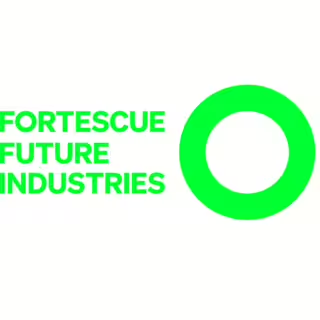
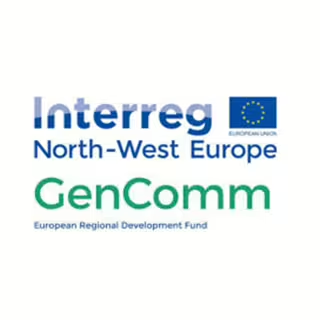
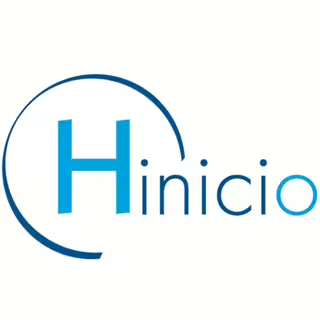
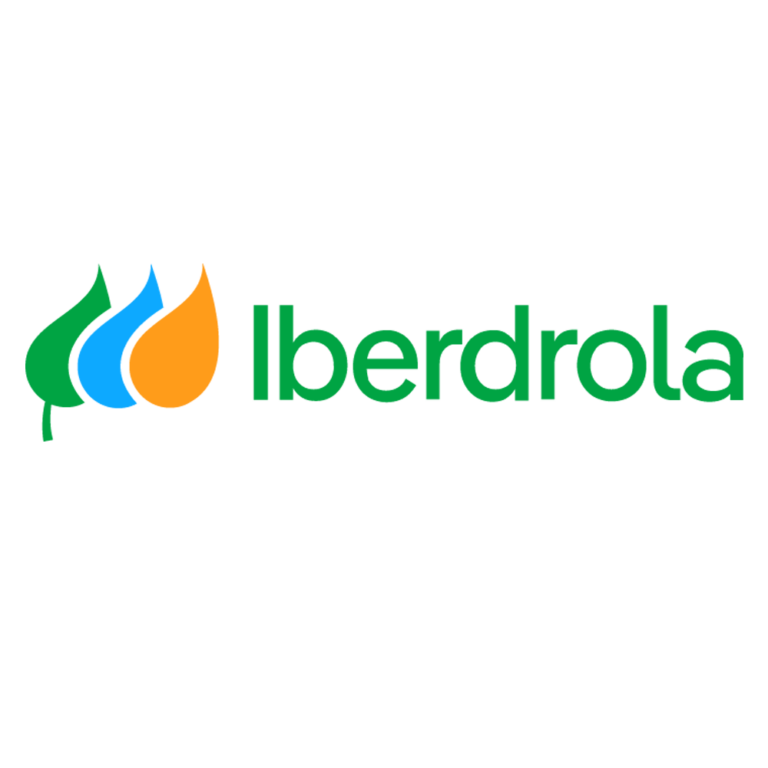
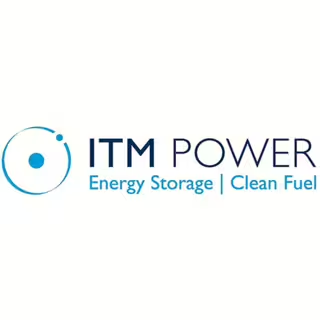

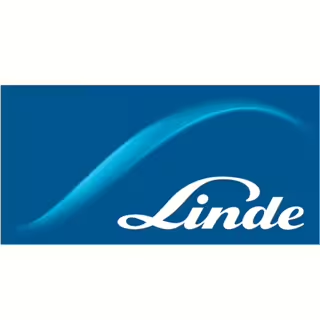
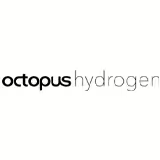

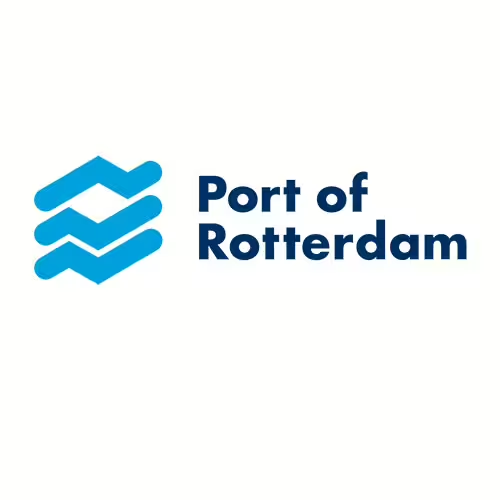

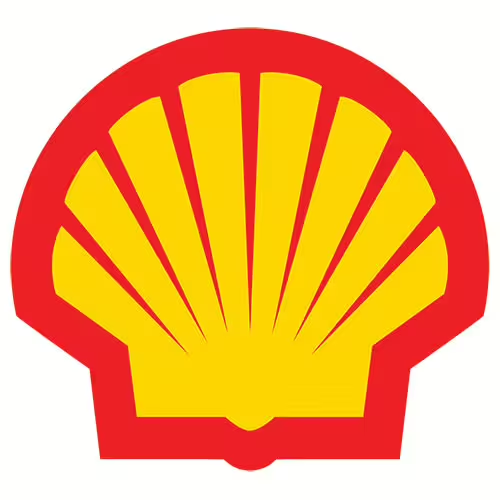
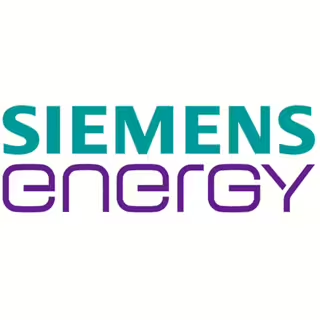
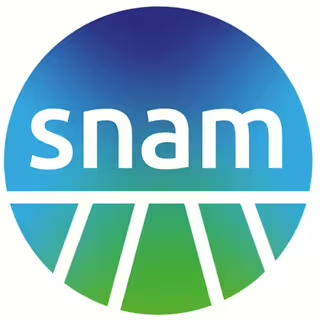
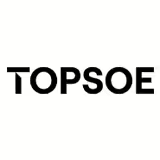
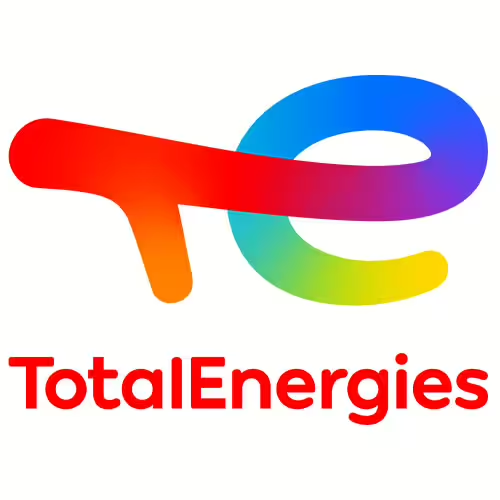
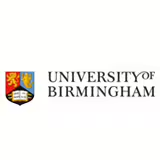
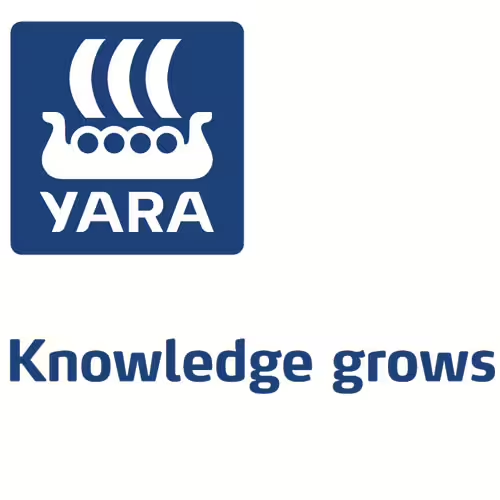
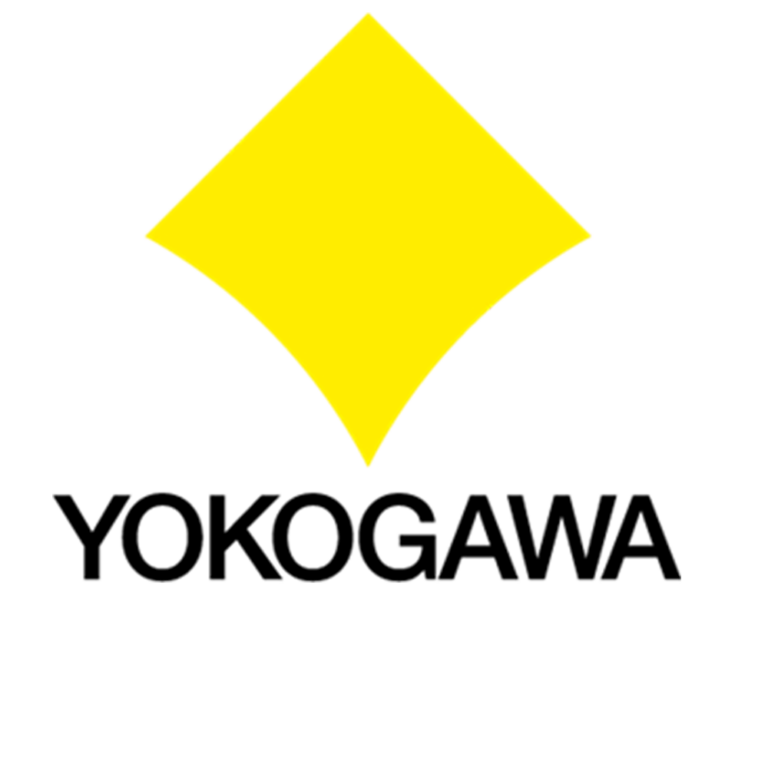
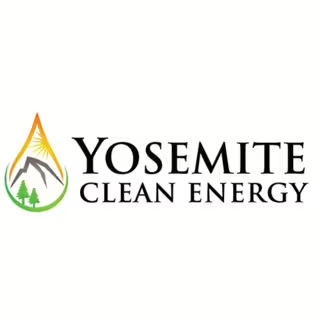
Demand and supply side pledges
8 Rivers Capital
8 Rivers Capital pledges to develop and commercialise a novel ultra-low carbon hydrogen process technology capable of delivering clean, industrial scale hydrogen at a price that will enable the displacement of natural gas, and further drive the deployment of at least 435 ktpa (kilo tons per annum) of ultra-low carbon hydrogen by 2030.![]()
Acciona Energía
At ACCIONA Energía we are committed to the creation of a robust renewable hydrogen ecosystem to meet decarbonization targets in an environment of economic growth. To this end, ACCIONA Energía has teamed up with Plug Power, establishing the joint venture ACCIONAPLUG in 2021 which targets to capture 20% of the Iberian renewable hydrogen market by 2030, currently estimated at 1,2 GW of electrolysis capacity. ACCIONAPLUG´s first 25 MW electrolysis facility will initiate renewable hydrogen production by the end of 2024 in Navarra, Spain.
The JV is developing several additional projects, replicable and scalable to hundreds of MW of electrolysis capacity in the next years. Beyond this joint venture, ACCIONA Energía is progressing with the development of pilot projects following the lead of Power to Green Hydrogen Mallorca in countries with great potential for the production of renewable hydrogen, such as Chile, with a project in Quintero Bay that has already received a grant, and Australia. Additionally, ACCIONA, ACCIONA Energía and Nordex have created a JV to develop renewable hydrogen projects in areas with abundant wind resources, not connected to conventional power grids, where hydrogen can be produced at competitive costs. With a target renewable energy development portfolio of 50 GW, the JV already has sites in the US, Latin America and Africa.
The JV’s plan is to develop projects that will produce 0.5 million tons of renewable hydrogen annually within the next ten years. The first would be ready-to-build by 2027. Each of the projects, with minimum size of 1 GW of installed renewable capacity, will be deployed through strategic agreements with other companies and public and private institutions.

Anglo American
We are currently in the process of engineering world-class low carbon hydrogen technologies. In May 2022, we unveiled a prototype of the world’s largest hydrogen-powered ultra-class mine haul truck designed to operate in everyday mining conditions at our Mogalakwena Platinum Group Metals mine in South Africa. The 2MW hydrogen-battery hybrid truck, generating more power than its diesel predecessor, is capable of carrying a 290-tonne payload and now forms part of the “First Mode” Zero Emission Haulage Solution (ZEHS).
In December 2022, we announced our investment in First Mode Holding Inc (“First Mode”), a specialist engineering technology company that we have partnered with to decarbonise our global fleet of ultra-class mine haul trucks. The $200 million capital investment transaction was officially completed in January 2023, which results in Anglo American being a majority shareholder in First Mode.
- – We pledge to both produce and consume 100 kilo tonnes of low carbon hydrogen per year by 2030.
- – We pledge to develop low carbon hydrogen production systems at 7 of our open cut sites by 2030, with 3-8 hydrogen refuelling facilities at each, based on their haul truck fleet size.
We pledge that by 2030 we will convert all our diesel-powered ultra-class mine haul trucks at these sites to low carbon hydrogen power, as well as to stimulate a wide range of hydrogen associated industries and opportunities within our host communities.

bp
By 2030 bp aims to participate in:
Production of at least 500ktpa new gross low and ultra-low carbon hydrogen in core markets, with up to 50% ultra-low carbon hydrogen from renewable sources. Some of this new production will be used in our European refineries as a substitute for the natural-gas based SMR-grey hydrogen currently used.
More than 50 hydrogen refuelling stations dispensing low carbon and renewable ultra-low carbon hydrogen, with an initial focus in Germany and the UK.

CLP
To support CLP’s Climate Vision 2050, we are committed to provide a net-zero electricity supply to our customers by that date. As part of this commitment, we expect to transition our natural gas generation units to run on ‘low carbon hydrogen’ during the 2030s and 2040s. To do so, we will need not only Government support but the market to provide us with an average of around 550ktpa of ‘low carbon hydrogen’, delivered to our generation plants at a cost competitive to other alternatives which in today’s prices would equate to less than US$2 per kg. This pledge is therefore both a clear commitment to increase the use of hydrogen as a zero-carbon fuel in generation but also a challenge to potential producers to develop additional capacity at scale and commercially attractive prices, to help us underpin our world class electricity supply reliability over the long term.

EDF
EDF pledges to produce 3 GW (corresponding to at least 250 ktpa) of low and ultra-low carbon hydrogen from electrolysis by 2030. This corresponds to c. 3 mtpa of CO2 avoided, or about half of all international maritime transport to and from France.

EDP
As leaders in the energy transition, EDP has committed to be coal free by 2025 and all green by 2030. To strengthen our support to all sectors of the economy to decarbonize, including those that are hard to electrify, we pledge to invest in more than 1.5GW of renewable hydrogen by 2030.

Enel Group
Enel, one of the world’s leading renewable energy companies with 50.8GW of renewable installed capacity and the target to triple it to 145GW by 2030, pledges to produce only renewable hydrogen with a forecast of 2GW of electrolysers capacity by 2030.

ENGIE
As part of our commitment to Net Zero by 2045 across all scopes, Engie targets to develop 4GW of renewable hydrogen production by 2030, to deliver low or ultra-low carbon hydrogen under the WBCSD framework definition. As of today, and pending customer’s final decision and grants, our committed volumes represent already 6kt of renewable hydrogen per year.
Equinor
As part of its strategy to provide clean hydrogen in 3 to 5 major industrial clusters and to supply 10 percent of the European market for clean hydrogen by 2035, Equinor pledges that all the projects it brings onstream by 2030 will deliver low-carbon or ultra-low carbon hydrogen.

ERM
Supply- By 2030, ERM intends to enable the production of 45ktpa (500MW) of ultra-low carbon hydrogen through ERM Dolphyn and other projects, reaching a minimum of 360ktpa (4GW) by 2035.
Support- As the size of the low carbon Hydrogen market grows significantly through to 2030, ERM will be materially involved in this market supporting leading companies in moving towards low carbon hydrogen solutions and through thought leadership and active collaboration in developing methodologies, safety standards and insights.

Fortescue
Supply- Fortescue will target the production of 15 million tonnes per annum of green hydrogen by 2030. Fortescue’s vision is to make renewable green hydrogen the most globally traded seaborne energy commodity in the world.
Support- Fortescue will allocate 10 percent of Net Profit After Tax to fund renewable energy growth through Fortescue Future Industries to drive the acceleration of Green Hydrogen projects around the globe.
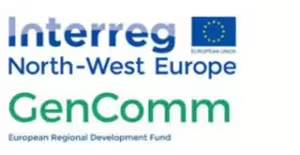
GenComm

Iberdrola
In its mission to lead the energy transition, Iberdrola is spearheading the development of green hydrogen and its derivatives with two real projects already built in Spain: the largest green hydrogen plant in Europe today, our 20 MW Puertollano plant for fertilisers and potentially for other industrial uses and heavy mobility, and our 2.5 MW green hydrogen refuelling station for buses in Barcelona.
Overall, the Group currently has over 60 projects under different phases of development in eight countries (Spain, the United Kingdom, Australia, Brazil and the United States, among others) to meet the demand for electrification and decarbonisation in hard-to-abate sectors. Iberdrola is addressing the technological challenge of producing and supplying green hydrogen and derivatives, such as green ammonia, e-methanol or green steel, from clean energy sources, powering the electrolytic process with 100% renewable electricity. Iberdrola has the ambition to reach 3 GW of electrolysers installed capacity worldwide by 2030.
![]()
Octopus Hydrogen
Octopus Hydrogen produces ultra-low carbon hydrogen using electrolysis powered entirely by renewable energy. By 2030 Octopus Hydrogen aims to own and operate an installed capacity of 1 GW of electrolyzers. This is roughly 200 tonnes of green hydrogen production daily spread globally. We are focused on delivering renewable hydrogen to sectors that cannot be decarbonized easily through electrification, such as replacing grey hydrogen and heavy goods transportation.

Riversimple Movement Ltd
Riversimple is making the world’s most sustainable vehicles and will need green hydrogen to achieve its mission of eliminating the environmental impact of personal transport. Riversimple will be mass producing a local car, a commercial van and a family car that will be affordable and convenient. The vehicles are offered on an all-in subscription basis which includes the fuel and so the company are the wholesale purchasers of the Hydrogen. By 2030 the total cumulative consumption by the fleet is predicted to be 10kt of hydrogen of which a minimum of 90% will be from zero-carbon renewable sources. By 2040, Riversimple will be running a fleet of 250k vehicles in the UK with an annual hydrogen demand of 27kt per annum 100% of which will originate from zero carbon renewable sources.
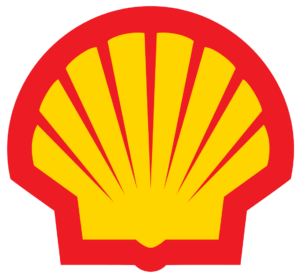
Shell
Demand – Shell pledges that by 2030, at least 65% of the hydrogen consumption in its Chemicals and Energy parks will be Reduced Carbon or better (~300ktpa, excluding co-produced hydrogen).
Supply – Shell pledges to produce 75ktpa of Ultra Low Carbon Hydrogen and 100ktpa of Reduced Carbon Hydrogen by 2030.
Since its initial supply pledge, Shell has taken a final investment decision for Holland Hydrogen I, which will be Europe’s largest renewable hydrogen plant once operational in 2025. The 200MW electrolyzer will be constructed on the Tweede Maasvlakte in the port of Rotterdam and will produce up to 60,000 kilograms of renewable hydrogen per day.
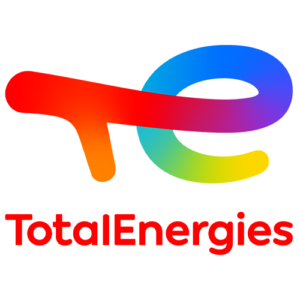
TotalEnergies
TotalEnergies has the ambition to decarbonize 100% of grey hydrogen (300 kilo-tonnes per annum)consumed in its European Refineries with Low Carbon Hydrogen or Renewable Hydrogen by 2030.
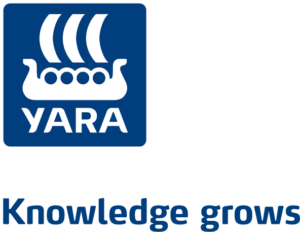
Yara
Yara pledges to source and/or produce a minimum of 3 million tonnes of reduced-carbon ammonia (equivalent of 530 kt of reduced-carbon hydrogen) by 2030, of which minimum 50 % will be low-carbon or ultra-low carbon.
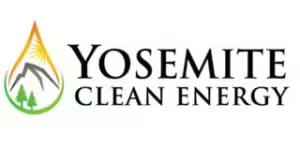
Yosemite Clean Energy
Yosemite Clean Energy, and our subsidiary companies under the Yosemite umbrella, are committed to providing our first portfolio of carbon negative renewable hydrogen from waste biomass (carbon intensity score ranging from -56 to -25) that will be produced at three production facilities. The sites are currently under development in California and slated for production beginning in 2026 for the first plant, with goals of opening plants #2 and #3 by 2027.
We commit to completing our first portfolio of 3 hydrogen projects, with an estimated completion date of 2027. The first portfolio will reduce GHGs by eliminating an estimated 402k metric tonnes CO2e per year and will reduce the use of Diesel fuels by an approximate 19.5 million diesel gallon equivalents annually.
Each of our projects will produce an estimated 24 MT of SJ2719 fuel cell grade hydrogen daily: therefore 3 plants will produce an estimated 21 ktpa of hydrogen. These figures would support public transportation by supplying an approximate 1,400 heavy duty class 8 trucks on an annual basis, or an approximate 2,400 buses.
Support pledges
![]()
ARCADIS
Arcadis is a leading international consultancy with sustainability at the core of everything we do. Arcadis pledges to support the simultaneous growth of supply and demand of the hydrogen industry, deploying hydrogen with the lowest possible carbon intensity to decarbonize all sectors.
We will lead the Energy Transition and contribute to achieving carbon neutrality by helping our clients implement carbon reduction solutions through renewable energy and zero carbon technologies
![]()
Bank of America
Bank of America (BofA) is actively assessing the development of the clean hydrogen opportunity on a world-wide basis. Clean hydrogen is already part of BofA’s identified sustainable technologies which BofA targets to support with commercially viable financing solutions.

Cummins

Deloitte
Deloitte is committed to taking action on climate change, empowering Deloitte people and engaging the broader ecosystem to create solutions that help facilitate the transition to a low-carbon economy. Deloitte will collaborate with businesses organizations and form strategic alliances to help:
1. Increase demand for the responsible use of clean hydrogen
2. Remove roadblocks that get in the way of enacting change
3. Create innovative climate solutions at a systems and operations level

DNV
DNV is committed to accelerate deployment of hydrogen with the lowest possible carbon intensity through its independent technical expertise, for example, by verifying the carbon intensity and impacts of hydrogen projects using science-based principles for a fast and safe energy transition.
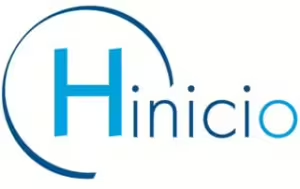
Hinicio
Hinicio, project leader of CertifHy™, is rapidly progressing toward its ambition of becoming a major pure player in the field of hydrogen and e-fuels certification. On the 1st of March 2023, CertifHy™ submitted its RFNBO EU Voluntary Scheme documents for approval by the European Commission in Q4 2023. By seeking this approval, CertifHy™ aims to translate the EU legislative framework on Renewable Fuels of Non-Biological Origin (RFNBO) and enable the uptake of clean hydrogen and synthetic renewable fuels in the transport sector. Hinicio is looking forward to continuing to work closely with its partners, clients, and stakeholders to fasten the implementation of a clean hydrogen economy and maximize the role of hydrogen in the energy transition.
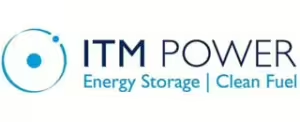
ITM Power
ITM Power pledges to support the expansion of green hydrogen by investing £0.4billion in order to increase its electrolyser manufacturing capacity to:
– 1 GW p.a. by Q4 2022
– 2.5 GW p.a. by Q4 2023
– 5 GW p.a. by Q4 2024
This will reduce the full system price of electrolysis by 50% by 2030.
![]()
Johnson Matthey
Johnson Matthey has been a leader in hydrogen technology for decades, and our experience cuts across numerous parts of the hydrogen value chain, including market leading hydrogen production catalysts and processes, components for hydrogen fuel cells and new technologies for ultra-low carbon hydrogen production.
JM is putting its science and experience at the heart of solutions that support a cost-effective transition to a secure and environmentally sustainable energy system. By 2030, Johnson Matthey pledges to invest c.£1bn in the research, development, and deployment of clean hydrogen technologies.

Linde plc
Linde has set a sustainable development target of reducing its GHG intensity 35% by 2028 and to achieve a 35% reduction in our Scope 1 and Scope 2 emissions by 2035 – 35 by 35.
Linde is also committed to pursuing our goal of becoming climate-neutral by 2050.
To support Linde’s climate change commitment, the company plans to triple the amount of clean hydrogen produced. It will pursue competitive low-carbon sources of hydrogen, including energy efficient steam methane reformers with carbon capture, electrolysis with renewable power and piloting new low-carbon technologies.
![]()
Octopus Hydrogen
Octopus Hydrogen will develop and bring to market our software for electrolysis optimization. Our aim is for 25 GW of electrolysis globally to be using Octopus Hydrogen’s technology platform by 2030.

Port of Rotterdam
The port of Rotterdam is committed to supply Northwestern Europe with 4.6 million tonnes of hydrogen with the lowest possible carbon intensity annually by 2030. This is based on specific projects and realistic plans, which companies and exporting countries are actively working on. The port of Rotterdam aims to be Europe’s Hydrogen Hub: an international hub for hydrogen production, import, application and transport to other countries in Northwest Europe

Siemens Energy AG
As part of our Euro 1Bn research and development budget, Siemens Energy pledge to commit to developing products, services, and solutions to help limit climate change caused by the global increase in CO2 emissions. We will find through innovation and technology, solutions which lead to carbon neutral power generation through having H2 ready Gas Turbines by 2030, and a portfolio of Electrolysers, Renewable Energy Sources and other technologies that will enable the transition to green energy.
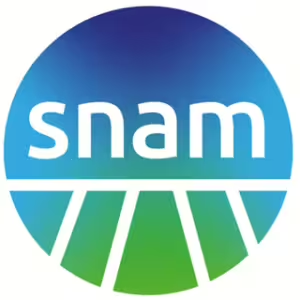
Snam
As an infrastructure operator, SNAM commits to initiate the repurposing of its assets to pure H2 within the next decade, unlocking H2 potential to reach 20-25% of energy demand in 2050 through access to cheap renewable power. In addition, in line with its Net Zero Carbon by 2040 Strategy, SNAM pledges to achieve a 28% reduction of Direct and Indirect energy emissions (Scope 1 and 2) emissions by 2025 compared to 2018 values and a 50% reduction by 2030.
![]()
TOPSOE
Topsoe pledges to build a manufacturing facility producing highly efficient Solid Oxide Electrolyzer Cell (SOEC) electrolyzers with an initial total capacity of 500 MW per year by 2025. This would be a first-of-its-kind plant and the largest SOEC production in the world. As SOEC consumes less electricity than conventional electrolysis, the technology represents a key pathway for large-scale production of ultra-low carbon renewable hydrogen.
![]()
TRANE TECHNOLOGIES
Trane Technologies commits to pursuing all clean energy solutions, including those based on low-carbon hydrogen, as we endeavor to meet our 2030 Gigaton Challenge, science-based scope 1, 2, and 3 goals, and carbon neutrality targets. To support our 2030 goals and advance the deployment of low-carbon hydrogen, we will incorporate these solutions into business and manufacturing strategy while working with upstream partners to support the implementation of clean hydrogen across our entire value chain.
![]()
University of Birmingham
The University of Birmingham is working with industry partners to considerably reduce carbon emissions from hydrogen production, including negative emissions based on biomass, through the development of new materials and processes, and through our education and training offering in this space.
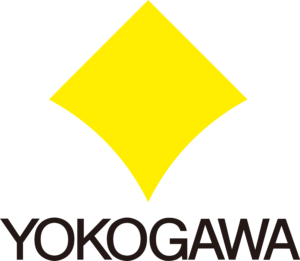
Yokogawa
Yokogawa, as a leading industrial automation company, is committed to supporting the deployment of energy such as hydrogen with the lowest possible carbon intensity.
We currently supply automation systems to one of the world’s largest green hydrogen production plants in Japan.
We will contribute to achieving carbon neutrality by helping our customers to measure and control 1 billion t CO2 emissions by 2030 (accumulative from FY18), with 50% or more of that achieved from renewable energy and new technologies.
News
& insights
Contact

Celine Le Goazigo
Senior Manager, Energy
aiama@wbcsd.org



